
Recognizing Plant Physiology first authors: Arpita Yadav
Plant Physiology, Plant Physiology: Author ProfilesArpita Yadav, first author of The B-box-containing microprotein miP1a/BBX31 regulates photomorphogenesis and UV-B protection
Current position: Ph. D student at Department of Biological Sciences, Indian Institute of Science Education and Research (IISER) Bhopal, India.
Education: B.Sc. Biotechnology…

Recognizing Plant Physiology first authors: Thorsten Knipfer
Plant Physiology, Plant Physiology: Author ProfilesThorsten Knipfer, first author of Spatiotemporal coupling of vessel cavitation and discharge of stored xylem water in a tree sapling
Current Position: Assistant Project Scientist, Department of Viticulture and Enology, UC Davis
Education: PhD
Non-scientific Interests: Nature and Sports
Brief…

Recognizing Plant Physiology first authors: Lili Zhang
Plant Physiology, Plant Physiology: Author ProfilesLili Zhang, first author of SEED CAROTENOID DEFICIENT Functions in Isoprenoid Biosynthesis via the Plastid MEP Pathway
Current Position: Technician, State Key Laboratory for Biology of Plant Diseases and Insect Pests in the Institute of Plant Protection, Chinese Academy of Agricultural Sciences
Education: 2010.9-…
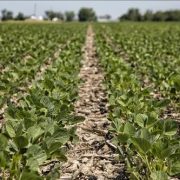
Synthetic Biology: Improving Photosynthesis
Blog0 Comments
/
Evidence suggests that crop breeding programs have not optimized photosynthesis making it an attractive target for improvement. The last few years have been an exciting time for photosynthesis research with several groundbreaking studies that have afforded huge advances in both our understanding of…
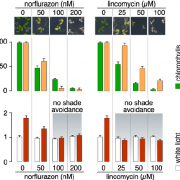
The shade of things to come: plastid retrograde signaling and shade avoidance
The Plant Cell, The Plant Cell: In BriefPlants compete with each other over finite resources like water and nutrients, but also for sunlight when they grow in each other’s shadow. Light filtered through leaves is rich in far-red light and initiates responses, known as shade avoidance syndrome (SAS), that aim to out-compete neighbors by promoting…
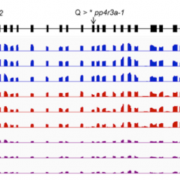
The Protein Phosphatase 4 Complex Functions in miRNA Biogenesis in Arabidopsis
The Plant Cell, The Plant Cell: In BriefMicroRNAs (miRNAs) are short (typically 21–22 nucleotide), single-stranded noncoding RNAs that regulate gene expression, mainly via posttranscriptional gene silencing. The miRNA biogenesis pathway is complex, involving numerous proteins, and is highly conserved in plants. If this pathway is hampered,…

Understanding the Ontogeny of Plant Innate Immunity during Seedling Development
Research, The Plant Cell, The Plant Cell: In a NutshellZou et al. reveal the underlying mechanism that regulates the ontogeny of plant innate immunity. Plant Cell https://doi.org/10.1105/tpc.18.00297.
By Yanmin Zou and Dongping Lu
Background: Plants and animals largely rely on innate immunity to protect themselves from pathogen infections. Recognition…
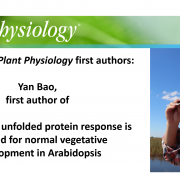
Recognizing Plant Physiology first authors: Yan Bao
Plant Physiology, Plant Physiology: Author ProfilesYan Bao, first author of A functional unfolded protein response is required for normal vegetative development in Arabidopsis
Name: Yan Bao
Current Position: Postdoctoral Researcher Associate, Michigan State University
Education: PhD, Shanghai Institute of Plant Physiology & Ecology, Chinese…
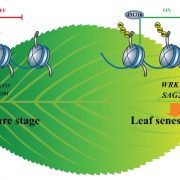
Scientists reveal a new mechanism of epigenetic regulation of plant leaf senescence
Blog, The Plant Cell, The Plant Cell: NewsArticle source: Plant Research Institute Published: 2019-02-03. Translated from the original.
Leaf senescence is subject to severe regulation processes and is the final stage of leaf development. When leaves senescence, chlorophyll, nucleic acids, lipids, proteins, and other high-molecular substances…

